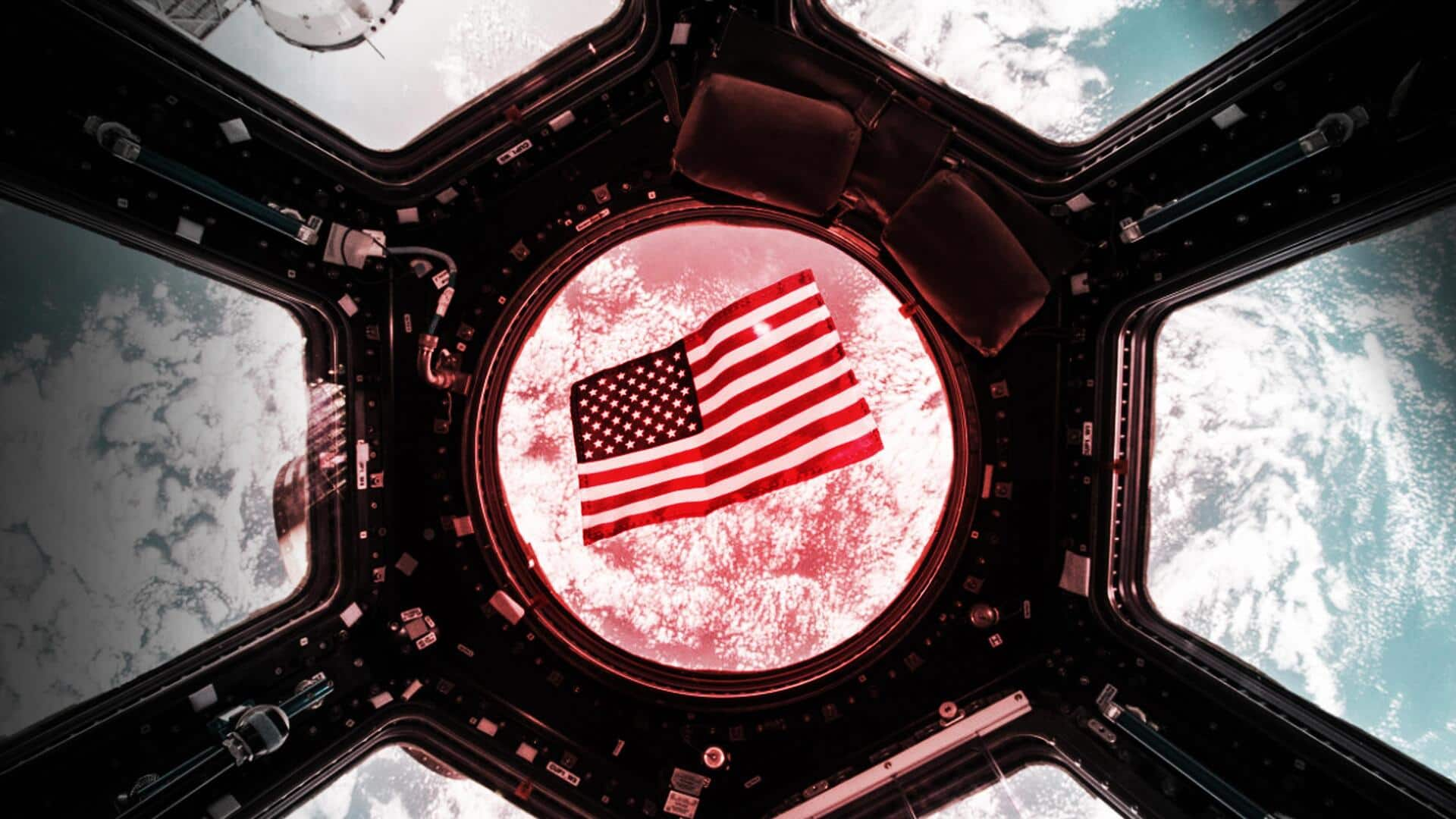
US elections: How NASA enables astronauts to vote from space
What's the story
As the United States gears up for its presidential election on November 5, two astronauts on board the International Space Station (ISS) will be casting their votes from space. Boeing Starliner astronauts Butch Wilmore and Sunita Williams—whose mission was extended until at least February 2025 due to safety protocols—will be taking part in this democratic process. Speaking at a NASA press conference, Williams said she was excited to vote from orbit.
Voting history
Astronauts have been voting from space since 1997
This isn't a new phenomenon, though. Astronauts have been casting their votes from space since 1997, courtesy a Texas law that ensures they participate in elections. The first astronaut to vote from space was David Wolf, who cast his ballot aboard the now-defunct Mir Space Station in 1997. The most recent case was during the 2020 US elections when astronaut Kate Rubins voted from the ISS.
Voting process
NASA's secure voting process for astronauts
The voting process for astronauts is both streamlined and secure. It starts with the astronauts applying for an absentee ballot, which they fill out electronically while aboard the ISS. NASA encrypts this data and uploads it to an onboard computer for transmission through the agency's Near Space Network. This information is relayed through the Tracking and Data Relay Satellite System (TDRSS) to NASA's White Sands Test Facility in New Mexico.
Ballot transmission
Ballots reach mission control in Houston for processing
After arriving at NASA's White Sands Test Facility, the encrypted ballots are sent to Mission Control in Houston. From there, they are electronically transmitted to the respective county clerk's offices for official processing. This way, astronauts can exercise their democratic rights even while serving in orbit. NASA highlights the importance of this connection, saying, "Astronauts forego many of the comforts afforded to those back on Earth... [but] NASA's networks connect them with their friends and family."